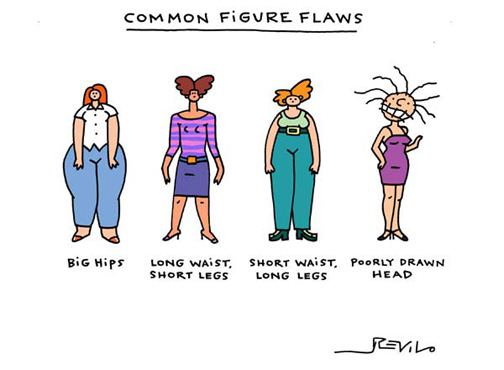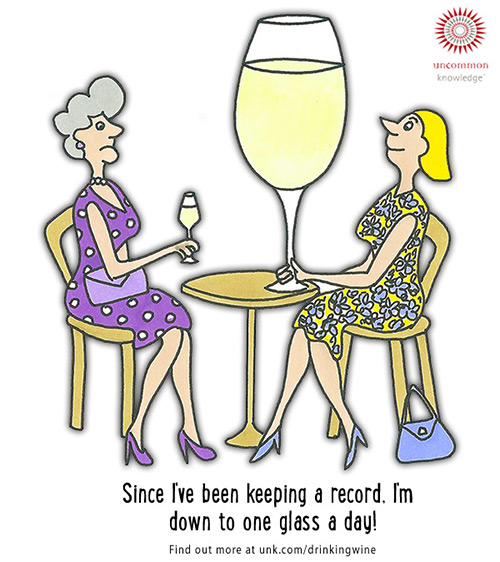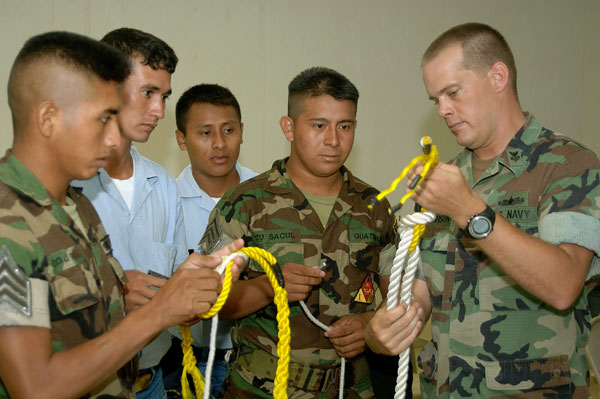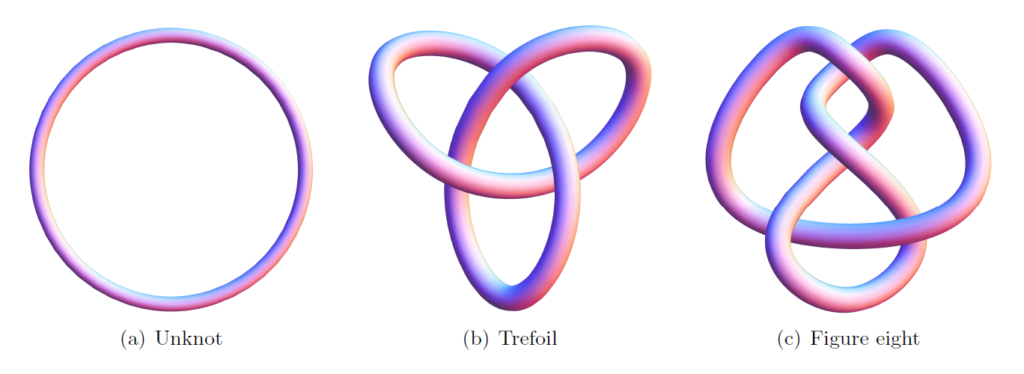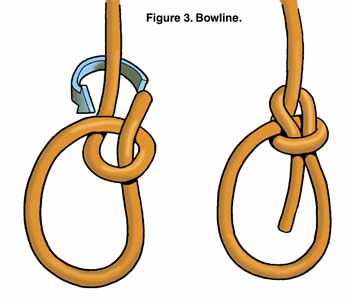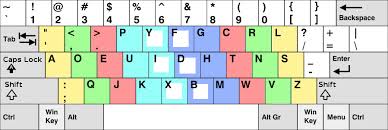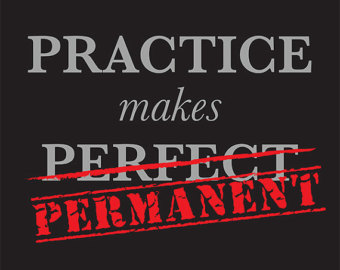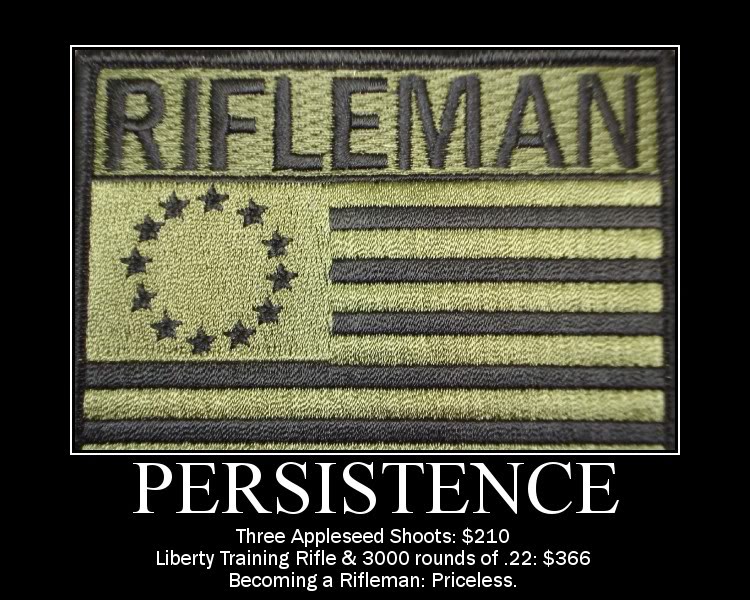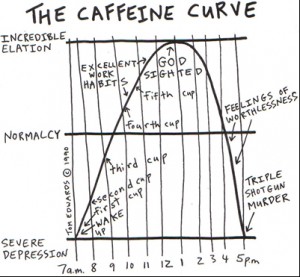The world discards ideas and people that present multiple standard deviations away from “normal”. And yet, Reality has always been phenomenal and noumenal. To ensure you’re able to thrive in the artificial chaos of this generation you’ll need to be an outlier, in many ways. Here’s “The Outlier’s Handbook” to optimize your trajectory.
The Outlier’s Handbook
(Thriving in Artificial Chaos)
Table of Contents
Part 1 — What Outliers?
“Let Your Reasonableness Be Known to Everyone”
- Ockham’s Razor: Benefits & Limits
- The Bookends of Normalcy Bias & Cognitive Dissonance
- “This Book Goes Too Far!”
What Outliers?
- Outliers Defined
- You Know You’re An Outlier If . . .
- Outlier Benefits
- Outlier Costs
- Personal Secession and Other Outlier Mindsets
Part 2 — It’s Your World, Boss!
This Is Where You Live
American Roulette
- The Constitution is Safe!
- A Bank with Social Services Around It
- Democracy: The God that Failed
- The Corporation
- The Deep State
- Fascism, American Style
Lifecycle of Nations
- “Poverty of Nations” Report Card
- Imperial Collapse Playbook
Danger, Will Robinson!
Technocracy: The Trojan Horse of Global Transformation
Regional Bloc Head Mercantilism
- Gee, Maybe Nation-States Weren’t So Bad, After All
- Solutions Amidst Global Fascism
- Change Happens Like This, Now
Part 3 — The Usual Suspects
Call Them As You See Them
Origin & Story of Rulers and Authorities
- Angelic Gen 6 View: Consistency & Insights
- So, Who are “They”?
- The “New” Face of Evil (Follow the Blood)
- Long Term Trends Require Spiritual Unity
- The Minions
- A Working Structure of Oppression
They Walk Among Us
- Serial Killers
- How Can You Spot One?
- Political Ponerology
- 7 signs you might be dating one
- Protection From Them
- Speech Patterns
- I, Psychopath
- The Hidden Cost of Killing Psychopaths
- Beware the Backlash
Elements of Their World View
Their Goals
- ”Ye Shall Be As Gods”
Their Methods
- The Moral Code of Evil
- Inversion
- Undisclosed Adhesion Contracts
- Counterfeit Money
- Controlled Markets
- Technocracy
- Stacked & Interlocking Pyramidical Structures
- Consolidation
- Democracy
- Eugenics
- Perpetual Fear
- Long-Term Planning
- With Methods Like This, Who Needs the Occult?
Part 4 — Acquiring Immunity
Move #1: Acquire Personal Immunity
Personal Matters
- Purpose is Everything
- Managing Outlierhood
- Growth
- Ethical Time Travel
Health Matters
- First Do No Harm
- Clean Food, Water, Air & Place
- Nutrient Dense Diet
- Gut Flora, Probiotics and the Second Brain
- Optimal Exercise
- Stress & Breathing
- Life Extension & Blood Sugar Management
- Sensible Health Insurance
- Putting It All Together
Spiritual Matters
- Intelligent or Random Design
- Oneism (Monism) vs. Dualism
- CINO’s & MINO’s
- Christianity Leads To Science, Islam leads to Murder
- Gandhi or Jesus?
- Get Blessed
- Get Uncursed
- Supernatural Immunity: The Mind & Way Of Christ
- The Whole Council of God
- Spiritual Warfare
- Practical Examples of Spiritually Based Solutions
Locational Matters
- The Best Place to Live
- Where Not to Live
- Should you relocate?
- The World is Yours
- The Illusion of Ownership
- Mobility
- G.O.O.D Project – Lessons Learned
Family Matters
- Instrument of Recursive Perfection
- Spouse Choice
- Children
- Extended Family
- Friends Worth the Title are Family
- Community
Legal Matters
- Natural Law
- The Constitution is Safe!
- Jurisdiction Matters
- Where is the Agreement?
- It’s Hard to Be a Free Man
- Unraveling Your Liberty
Financial Matters
- Money is for Immunity & Purpose
- Business as Extension of Purpose
- Tax Penalties for Fear and Poor Planning
- Mortgage Slavery, Repealed
- Austrian Economics is Real Economics
- Investments in Immunity & Purpose Have the Highest ROI
- Asset Protection
Political Matters
- Terms of “State” & “Government”
- The Diversion Of Left – Right Thinking
- The Votes that Matter
- Optimal Government = Perfect Self-Government
- The Chief Asset Of The State: Fear & Belief In It’s Necessity
- All Matters of Liberty Are Related
- Caveat Viator: Libertarianism and Anarchy are Aspects of a Complete Worldview
- Govern Thyself Perfectly and Hold Death Dear
Perspective Matters
- The Most Valuable Commodity on the Planet
- Philosophers On Donuts
- Terms of “Freedom” & “Liberty”
- Equality & Authority
- Freedom & Structure
- Peace Does Not Flow From Passivity
- Proof and Truth
- You Can’t Beat Everything with Nothing
- “Let’s Just Split the Difference and Find a Middle Ground”
- Stoicism
- The Opportunity in Uncertainty
- If Swamp Rats Can’t be Exterminated Why Can You?
- What About America?
Doing Matters
- Tony Robbin’s Best Trick
- Think Spiritually, Act Locally
- Getting Things Done
- Low Hanging Fruit
- Tragic Flaws of Conventional Prepping
- Expert Tips
- How To Lose Without Fighting (An Outlier’s Not To-Do List)
Part 5 — Ants & The Human Mosaic
Change The World in Four Moves
- Humans as an Ant Army
- Move #1: Immunity
- Move #2: Specialize
- Move #3: Move
- Move #4: Cooperate
- Humanize the Best Attributes of Animals & Insects
Part 6 — Problems: Solutions
Move #2: Specialize & Pick One
Personal Concerns
- Training Disguised as Education
- Shortening Attention Spans
- Media Agitprop
Health Concerns
- Eugenics
- Vaccines Vs. Immunity
- Socialized Medicine
- Food Fascism & GMOs
- Fluoridated water
- Nuclear Waste & Meltdown Disasters
- Geo-Engineering
- Disease(s) Cured
Spiritual Concerns
- Psychopathy
- Moral Relativism
- Odious Debt (Slavery)
- Wars of Conquest
- False-Flag Attacks
- End Times Decoder Rings
- 501c3 Churches
Locational Concerns
- Agenda 21
- Scientific Control Grid
- Power Grid Fragility
Family Concerns
- The State as Great Father
- Broken Families
Legal Concerns
- Patent Squelching
- Webs of Undisclosed Adhesion Contracts
- Drug Wars
- Licensing
- Militarization of Police
- Surveillance State
- Monopoly
- Bonus: Beating Traffic Tickets
Financial Concerns
- Fractional Reserve Banking (The Theft of Human Labor)
- Disappearing Middle-Class A.K.A Unemployment
- Currency Wars
- US Bankruptcy
- World Banking Systems
- Institutional(ized) Theft
- Market Manipulation
- Global Cooling, Warming …Climate Change?
- Technocracy
Political Concerns
- Collectivism
- Globalism
Part 7 — Appendices
- In Case of Emergency: Read First!
- Four Ways to Parse Solutions
- Reading List for Outliers
- Outlier Creeds
- Sovereignty & Law
- Agorist Manifesto in 95 Theses
- Agorist Road-map Kyle Bennet
- 100 Ways To Leave Leviathan
- Wayne & Barry’s Guide for World Rulers


